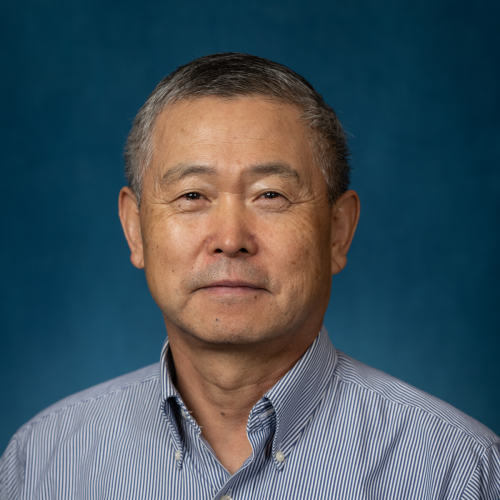
Available to mentor

Taihao Quan is a Research Professor in the Department of Dermatology at the University of Michigan in Ann Arbor. He obtained his PhD from Akita University School of Medicine, Akita, Japan (1992) and MD degree from Norman Bethune University Medical Science, ChangChun, China (1983). Dr Quan received his postdoctoral training at Wayne State University and University of Michigan in the Department of Dermatology (1997).
Research in Dr. Quan's laboratory studies the molecular mechanisms of skin aging and age-related diseases focusing on three major areas: matrix biology, cell-matrix interaction, and tumor microenvironment and skin cancer. His current efforts are focused on age-associated dermal microenvironment (AADM) impairs skin structure/function and creates a tissue microenvironment that promotes age-related skin diseases, like poor wound healing and development of skin cancer. Dr. Quan's laboratory is specifically interested in the biological functions of CCN1, a secreted, extracellular matrix-associated protein that regulates a broad range of cellular activities through direct binding to cell surface integrin receptors. Elevated CCN1 expression in aged human skin reduces collagen production and increased collagen fragmentation and alters expression of numerous other secreted proteins, which together have potential deleterious effects on the dermal microenvironment. Research in Dr. Quan's laboratory also studies collagen regulation and degradation focusing on TGF-ß/Smad signaling and MMPs.
Dr. Quan has published over 65 peer-reviewed papers, review articles, and book chapters. His research has received support from the Nathan Shock Center for the Biology of Aging, the Dermatology Foundation, and from multiple NIH grants.
-
He T, Fisher GJ, Kim AJ, Quan T. PLoS One, 2023 18 (12): e0292791Journal ArticleAge-related changes in dermal collagen physical properties in human skin.
DOI:10.1371/journal.pone.0292791 PMID: 38064445 -
Quan T. Biomolecules, 2023 Nov 4; 13 (11):Journal ArticleHuman Skin Aging and the Anti-Aging Properties of Retinol.
DOI:10.3390/biom13111614 PMID: 38002296 -
Quan T. J Dermatol Sci, 2023 Nov; 112 (2): 48 - 53.Journal ArticleMolecular insights of human skin epidermal and dermal aging.
DOI:10.1016/j.jdermsci.2023.08.006 PMID: 37661473 -
Quan T, Xia W, He T, Calderone K, Bou-Gharios G, Voorhees JJ, Dlugosz AA, Fisher GJ. J Invest Dermatol, 2023 Sep; 143 (9): 1700 - 1707.e1.Journal ArticleMatrix Metalloproteinase-1 Expression in Fibroblasts Accelerates Dermal Aging and Promotes Papilloma Development in Mouse Skin.
DOI:10.1016/j.jid.2023.02.028 PMID: 36914001 -
Qin Z, He T, Guo C, Kim JY, Quan T. J Cell Commun Signal, 2023 Jun; 17 (2): 287 - 296.Journal ArticleCCN1 is predominantly elevated in human skin dermis by solar-simulated ultraviolet irradiation and accumulated in dermal extracellular matrix.
DOI:10.1007/s12079-023-00767-6 PMID: 37245186 -
Xiang Y, Liu Y, Yang Y, Yan Y, Kim AJ, Guo C, Fisher GJ, Quan T. J Cell Commun Signal, 2022 Sep; 16 (3): 421 - 432.Journal ArticleReduced expression of Collagen 17A1 in naturally aged, photoaged, and UV-irradiated human skin in vivo: Potential links to epidermal aging.
DOI:10.1007/s12079-021-00654-y PMID: 35060094 -
Qin Z, He T, Guo C, Quan T. JID Innov, 2022 May; 2 (3): 100111Journal ArticleAge-Related Downregulation of CCN2 Is Regulated by Cell Size in a YAP/TAZ-Dependent Manner in Human Dermal Fibroblasts: Impact on Dermal Aging.
DOI:10.1016/j.xjidi.2022.100111 PMID: 35480397 -
Xiang Y, Qin Z, Guo C, He T, Liu Y, Quan T. J Dermatol Sci, 2021 Jul; 103 (1): 49 - 52.Journal ArticleProgerin mRNA expression is elevated in aged human dermis and impairs TGF-β/Smad signaling.
DOI:10.1016/j.jdermsci.2021.04.005 PMID: 33985864